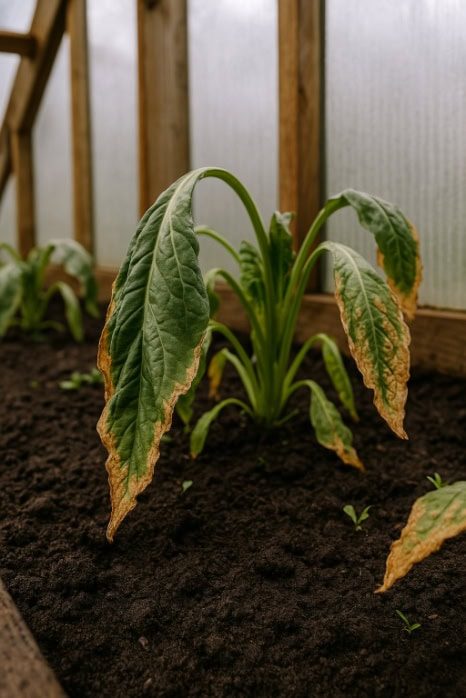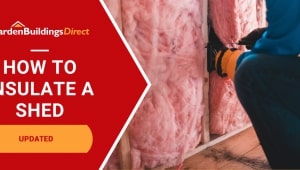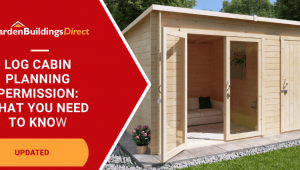Jump to:
Retaining heat is vital for plant growth, but too much can do more harm than good. And when it does, your plants can wilt, stop growing, or worse, die. If it feels like you’re stepping into an oven, here’s what you need to do and how to stop it from happening again.
Can a Greenhouse Get Too Hot?
Yes, it can. Though greenhouses are meant to trap warmth, they can overheat, especially in summer. It’s not just the heat, though—humidity builds up, too. Greenhouse temperature above 90°F (32°C) can cause stress or damage to plants, like leafy greens, herbs, and young seedlings. This is more likely to happen without ventilation or shade.
Check the signs

[Alt text: Drooping leaves on a greenhouse plant, a sign that the greenhouse may be too hot.]
Wilting or scorched leaves are usually the first clue. It’s likely heat, not lack of water, causing the issue if:
- Your plants are drooping even though the soil is still moist
- The leaf edges look dry and crispy
Stunted or slowed growth is another red flag. When it’s too hot, many plants shift into survival mode. They stop growing, drop leaves, or bolt too early, like lettuce suddenly shooting up to flower.
Another sign to watch out for is condensation building up on the inside. That often means insufficient airflow, and when warm, damp air has nowhere to go. This creates the ideal condition for mould and fungal problems to creep in, if overlooked.
How to Cool Down a Greenhouse
Do any of the signs above check out?
Prioritise greenhouse ventilation

The fastest way to cool a greenhouse is to get the air moving. This can bring down the temperature above 35°C (95°F) by 5 to 10°C (9 to 18°F), depending on conditions.
Open everything you can, including doors, roof vents, and side vents. If you’re using the main doors for airflow, pop them open with a latch or a weight to prevent damage from sudden gusts. Do so during the hottest parts of the day, ideally late morning through mid-afternoon.
Tip: Let air flow through your greenhouse even on calm days with no wind. It helps stop the heat and damp from building up.
Add shade
When the sun is beating down, even wide-open vents can only do so much. Some parts of your greenhouse might get far more light than your plants can handle. That’s where shade comes to the rescue!
You don’t need to cover everything. Focus on the hottest spots, or where you’ve noticed plants starting to droop or fade. Hang shade netting across these areas.
You can also move pots or trays into slightly cooler corners. It could be under a shelf, behind taller plants, or anywhere they’re not getting hit with full sun all day.
There’s also shading paint made for clear glass greenhouses. It dulls the glare, and you can apply a thicker coat if needed. Some even turn translucent when wet, allowing more light through during rain.
These paints aren’t suitable for acrylic or polycarbonate glazing; they may not stick or wear off.
Invest in cooling add-ons
Support your setup with a few simple cooling methods. Damp down the floor early in the day. Pour water over a concrete, brick, or gravel floor to bring the temperature down as it evaporates. This works best in the morning, before the heat peaks.
A small fan is also a smart investment, like a solar-powered or battery fan. Even a light breeze helps cool the leaves and keeps fungal problems in check.
Another trick is to place open trays or buckets of water inside. As the water evaporates, it raises humidity slightly and helps moderate temperature swings. This is especially helpful if you have young plants or those prone to drying out, like herbs or seedlings.
Rethink plant placement
Not every plant in your greenhouse has the same tolerance for heat. Thus, it helps to know which plants can handle higher temperatures and which can’t.
Warm spots, like the centre or sun-facing side, are better for heat-loving crops. This includes tomatoes, chillies, and aubergines. These plants often do better with the extra warmth, as long as they’re well-watered and ventilated.
Cooler areas are better for more sensitive crops like lettuce, spinach, and coriander. Bring them under lower shelves, shadier corners, or spots near vents.
Tip: Don’t overcrowd and leave space between your plants to improve circulation.
So, can a greenhouse get too hot? Definitely, but it’s manageable once you know what to look for and act fast. Don’t wait until plants start to suffer! And if you’re thinking about upgrading or need a better setup for ventilation and shading, take a moment to compare greenhouses in our expert buying guide.
Read this guide next for more tips: How Often Should You Water Greenhouse Plants





